iPad Pro 2020 vs. Surface Pro 7: Which is a better buy?
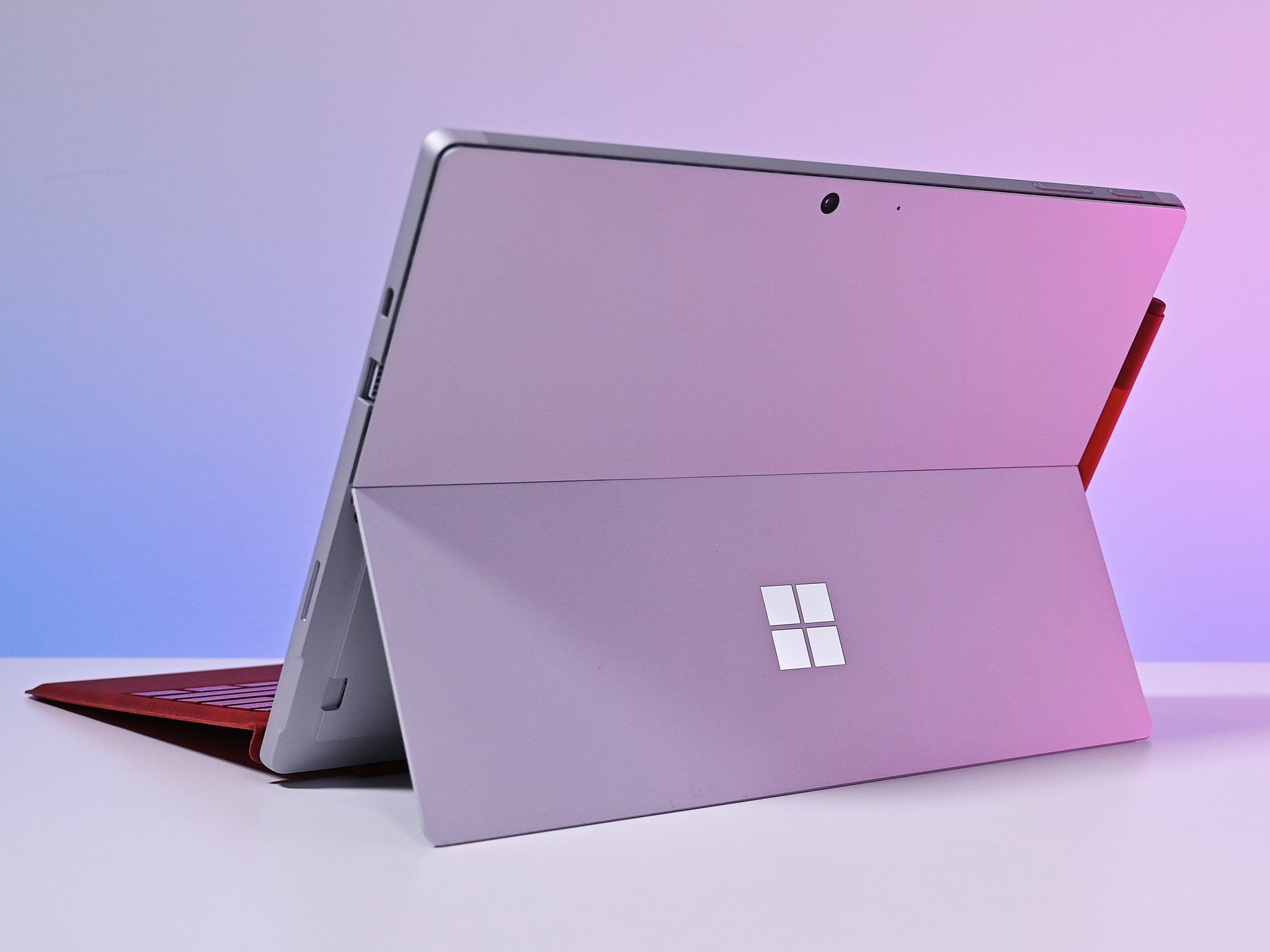
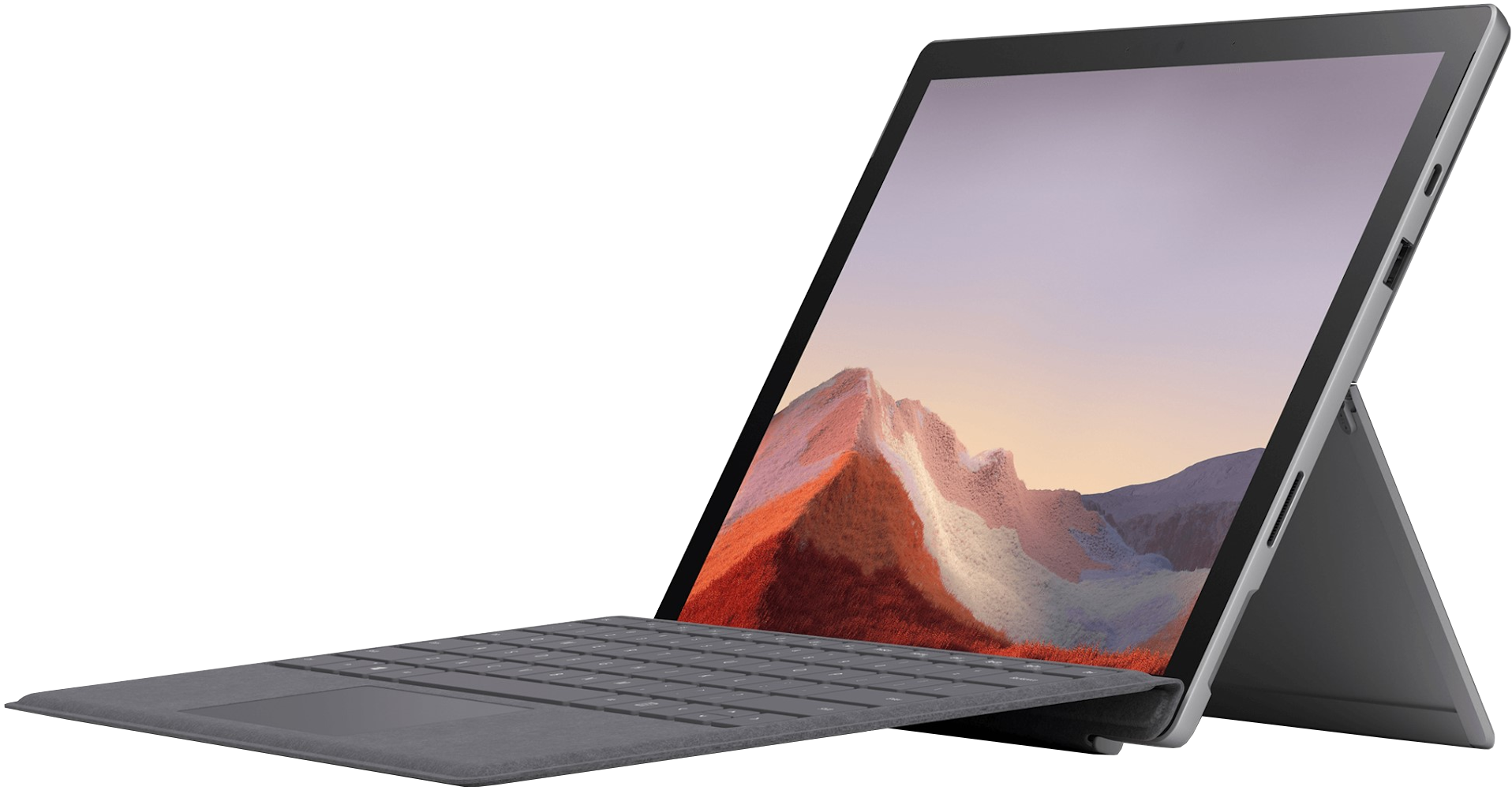
Windows PC
Microsoft's Surface Pro 7 is the king of Windows tablets for a good reason. It rocks an all-aluminum design with a built-in kickstand, multiple ports, and runs full Windows 10. Just be sure to ignore those huge bezels.
Pros
- Exceptional performance
- Can run software outside the app store
- All-day eight-hour battery
- Instant On and resume
- Best 2-in-1 form factor
Cons
- Bezels
- No LTE
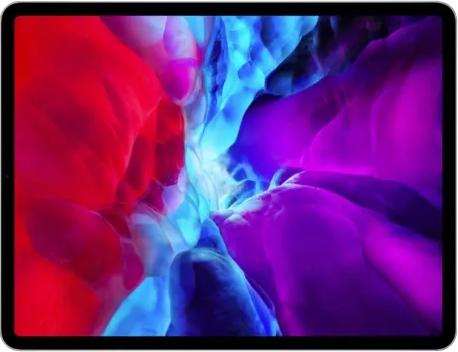
Mac-lite
The Apple iPad Pro (2020) is a solid tablet experience with an exceptional display, solid camera setup, amazing app ecosystem, and a tremendous optional keyboard and pen. It's just a shame about the rather limited OS.
Pros
- Stunning display
- Superb hardware
- USB-C port
- Optional keyboard and pen
- Amazing apps and ecosystem
Cons
- Runs mobile OS
- No proper mouse support
- Not Thunderbolt or USB-A
Both the Surface Pro and iPad Pro are killer tablets, but it depends on what you want from such a device. If you're looking for a laptop replacement that'll come with Intel processors and support for apps and software not available through an app store, the Surface Pro 7 is the way to go. If you're already locked within Apple's ecosystem and would enjoy a more tablet-esque experience, the iPad Pro (2020) is a sound choice.
Looking at the numbers
| Header Cell - Column 0 | Surface Pro 7 | iPad Pro 12.9 (2020) |
|---|---|---|
| Display | 12.3-inch PixelSense (2736 x 1824) 267 PPI | 12.9-inch Liquid Retina (2732 x 2048) 264 PPI |
| Storage | 128GB 256GB 512GB 1TB | 128GB 256GB 512GB 1TB |
| Processor | 10th Gen Intel Core i3-1005G1 Core i5-1035G4 Core i7-1065G7 | Apple A12Z |
| RAM | LPDDR4x 4GB 8GB 16GB | 6GB |
| Upgradable SSD | No | No |
| Storage expansion | No | No |
| Keyboard | Yes (optional) | Yes (optional) |
| Pen | Yes (optional) | Yes (optional) |
| LTE | No | Yes (optional) |
| Ports | 1x Type-C 1x Type-A 1x 3.5mm jack MicroSDXC card reader | 1x Type-C |
| Security | Face recognition | Face recognition |
| Price | From $749 | From $999 |
| Keyboard and pen | From $270 | From $329 |
| Weight | 1.4 lbs (0.63 kg) | 1.6 lbs (0.72 kg) |
| Weight | 279.4 x 313.3 x 5 mm (11 x 8.4 x 0.2 inches) | 292.1 x 200.7 x 8.4 mm (11.5 x 7.9 x 0.33 inches) |
Specs aren't everything
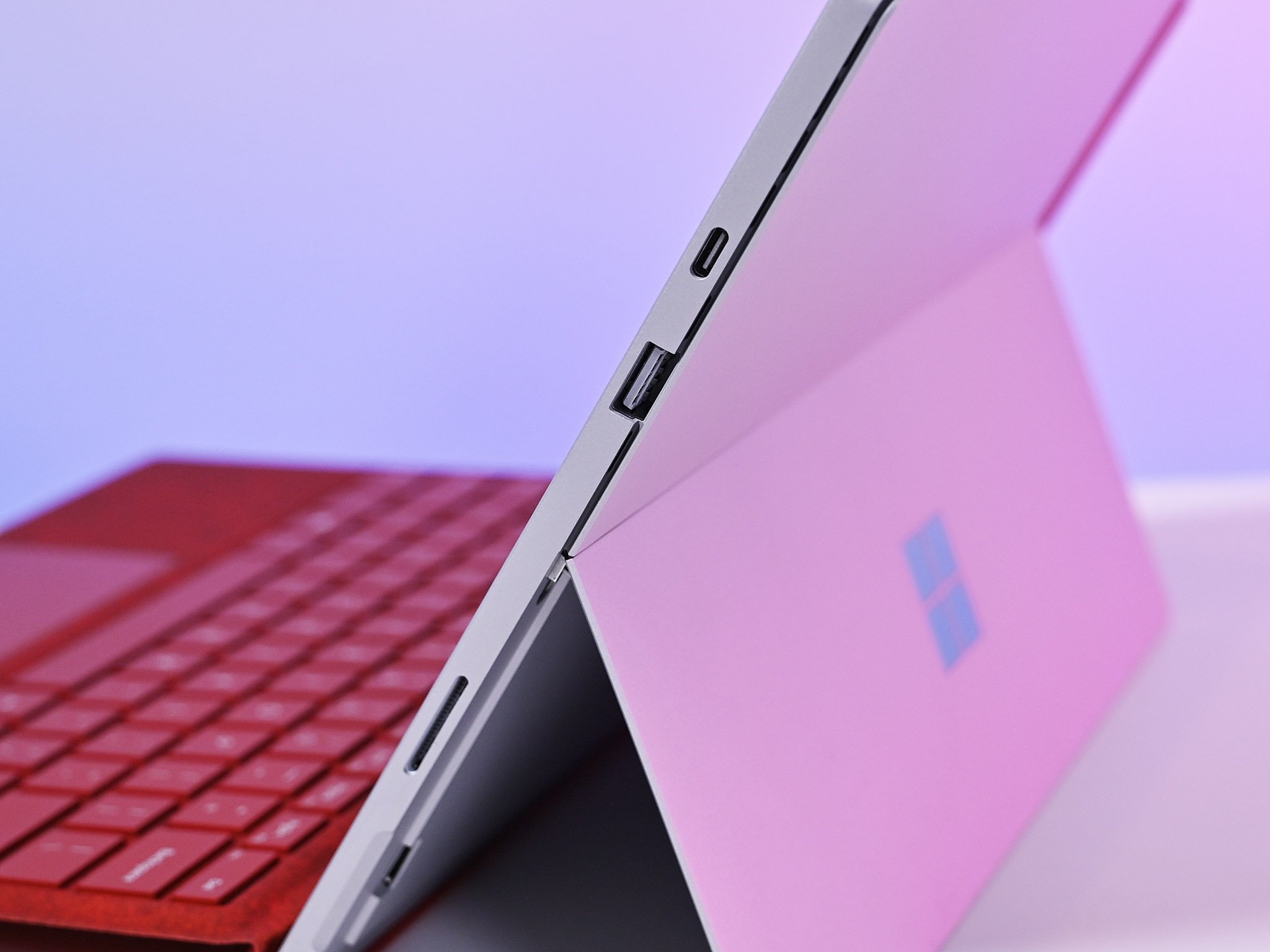
The iPad has always been a great-looking tablet, and the 2020 iPad Pro is a seriously good looker. While Microsoft's own Surface line-up have received praise for the all-aluminum design, you can't deny Apple has some of the best-looking hardware on the market. But looks aren't everything, and these devices are designed to replace your laptop.
Apple touts the iPad Pro (2020) as the iPad killer, taking on more expensive and cumbersome beasts, but that's not strictly accurate. Looking at Geekbench 5 scores, which held single-core and multi-core performance at 1,117 and 4,724, respectively, laptops fare better with latest Intel 10th Gen processors, and so does the Surface Pro 7.
iPad Pro may have better GPU performance, but Surface Pro 7 is more like a true PC.
Microsoft comes out on top with a score of 1,235 in single-core and 4,878 in multi-core testing. You also get the option for 16GB of RAM with the Surface Pro 7, and this isn't even the most powerful Windows tablet available today. This doesn't take into account GPU performance, however, where Intel falls a little behind Apple's integrated graphics processing.
When it comes down to it, both the Surface Pro 7 and iPad Pro (2020) are equipped with enough power for their respective platforms. The iPad uses iPadOS, which focuses on apps installed through the App Store, while the Surface Pro 7 allows you to install whatever software you like, even if it's not on the Microsoft Store. This is where the capabilities of Intel's CPU really shine.
Comparing all the features
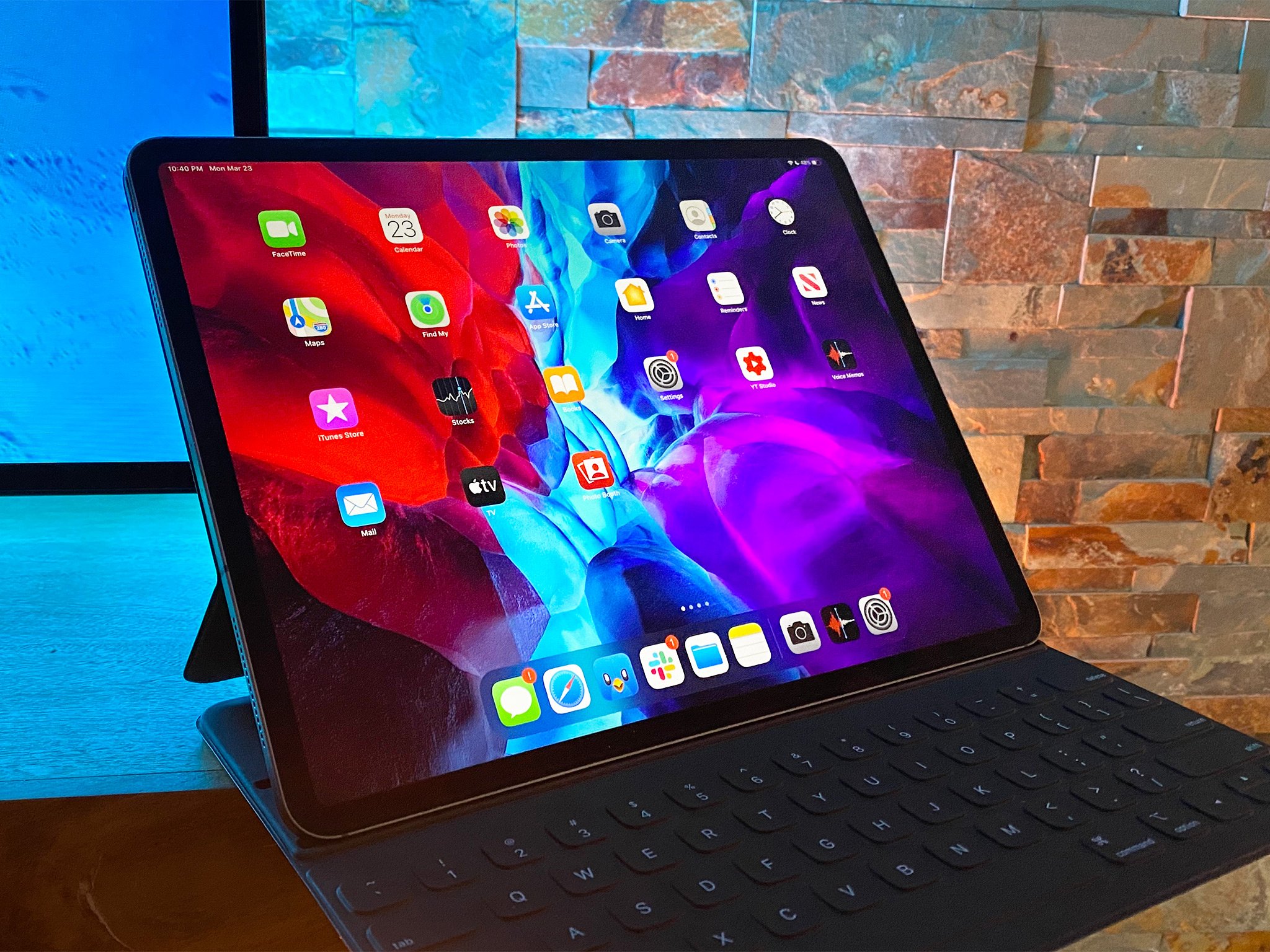
Both the Surface Pro 7 and iPad Pro (2020) come rocking IPS panels. This screen technology is best suited for tablets and produces some excellent colors, so long as the brightness can hit certain levels. Unfortunately, for Microsoft, the iPad Pro will likely come out on top, if Apple's figures are anything to go by (and we've looked at the previous model's brightness for reference).
The iPad Pro (2020) is a better tablet for those who enjoy using one anywhere.
There's also another trick up Apple's sleeve with the new tablet, which involves bumping the refresh rate from 60Hz to 120Hz. That's a huge leap in visual clarity, and it has been achieved without a detrimental impact on battery life. Microsoft's Surface Pro 7 has a refresh rate of just 60Hz, trailing behind the iPad Pro. Because of these enhancements, the iPad Pro comes out on top.
All the latest news, reviews, and guides for Windows and Xbox diehards.
For features, it's a mixed bag, which leads to the choice being down to what you need from a tablet. Microsoft added more ports to the Surface Pro 7. Not only do you have USB-C, but also USB-A, 3.5mm jack, and a card reader. Apple only installed a single USB-C port on the iPad Pro, but it does rock optional LTE, which you cannot configure on the Surface Pro 7.
The iPad Pro also comes equipped with a better camera setup on the rear, including LiDAR. This is a pretty cool feature that allows the tablet to measure how long it takes light to bounce around the environment. The Surface Pro 7 is more suited for getting work done and running custom software, while Apple made the newest iPad Pro not only good for creative work, but also as a mobile tablet.
Pen & Keyboard
Microsoft has refined the excellent TypeCover, and it's better than ever. Apple has the Smart Keyboard, which is similar, but a little tired feeling when typing away compared to what's available for the Surface. You'd be able to type up countless documents with either solution, but Microsoft wins here. That is until you consider Apple's new Magic Keyboard.
Looking past the name, this new keyboard sets you back $349. It's expensive but could be worth the money if you prefer to have the display positioned closer to your eye level for a more ergonomic computing experience. For the stylus, this is a hard one. If you prefer Microsoft's Pen, you're good to go with the Surface Pro. Likewise, for the Apple Pencil.
For when you want to run Windows software
The Surface Pro 7 is a powerful tablet simply because it runs Microsoft's full-blown Windows software. I'm not talking about a special version of Windows 10, but the full release you'd find on desktop and laptop PCs. This makes it ideal for those who prefer using software not installed through app stores.
If you already use Apple hardware
The iPad makes much more sense if you already use Apple's hardware, including iPhone and Mac computers, or prefer to use the company's suite of apps available on iPadOS. Just don't even try to buy this thinking you can install Adobe's suite of macOS apps.

Almost as good as a laptop
The iPad is more like a PC replacement for those who do the majority of their work using iOS. It's better than other iPads with a larger screen to work with, but will leave you flabbergasted with trying to hold it, and it's not as portable.

Rich Edmonds was formerly a Senior Editor of PC hardware at Windows Central, covering everything related to PC components and NAS. He's been involved in technology for more than a decade and knows a thing or two about the magic inside a PC chassis. You can follow him on Twitter at @RichEdmonds.

